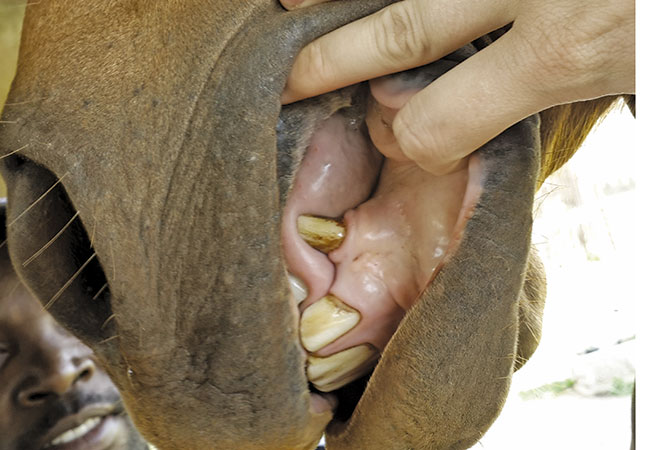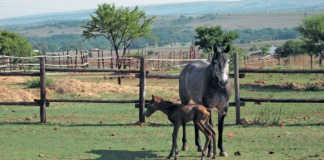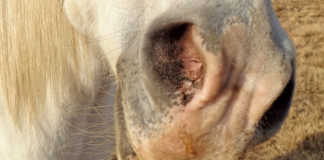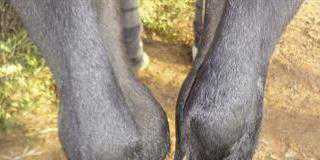
In my experience, far more horses suffer from anaemia than we realise. Many owners are also unaware that anaemia is not an illness, but a symptom. If your horse is lethargic, or has a low appetite, ask your vet to do a blood test. This usually provides a basic insight into what’s going on inside the animal.
The haemoglobin in red blood cells contains iron, which binds to and transports oxygen. These blood cells are constantly being broken down by the body and replaced. The problem, though, is that iron is toxic, as it can be used by bacteria to multiply. So as soon as a red blood cell is broken down, the body ‘locks away’ the iron until it is needed to make a new cell.
Many illnesses involve the breakdown of red blood cells.
Read: How to treat soft tissue injuries on horses
This is referred to as ‘haemolysis’. Anaemia in horses is usually a result of the iron being locked away due to inflammation. Treatment involves finding the cause of the inflammation rather than simply increasing the animal’s iron intake. The only time it may be appropriate to give iron to a horse for anaemia is when bleeding has led to blood-loss. Acute bleeding is a cut or wound; chronic bleeding would be worm damage.
Horses are not like humans!
All too often, horse owners wrongly assume that horses and humans are the same. Iron supplementation is frequently mentioned as a solution for anaemia in humans, but our diet is very different to that of horses, and is often low in iron. Soil, by contrast, is full of iron, and hay and grass contain plenty of iron, as do feeds such as lucerne and sugar beet. In short, there is plenty of iron in a horse’s diet, as long as the animal is fed forage or has access to soil. So unless there’s a haemorrhage, iron supplementation is not recommended.
Control
If you’re uncertain of your soil’s health, seek a local farmer’s advice. If he cannot advise you, he will be able to recommend a soil analyst. Guessing is usually much more expensive than having a test done annually. Different areas have different mineral contents. Rather know for sure.
If anaemia is suspected, blood should be looked at under the microscope and a red and white cell count carried out to verify anaemia and identify its type. Lucerne, parsley and clovers all increase the utilisation of iron, while methylsulfonylmethane (MSM) helps detox the body and lower inflammation.













